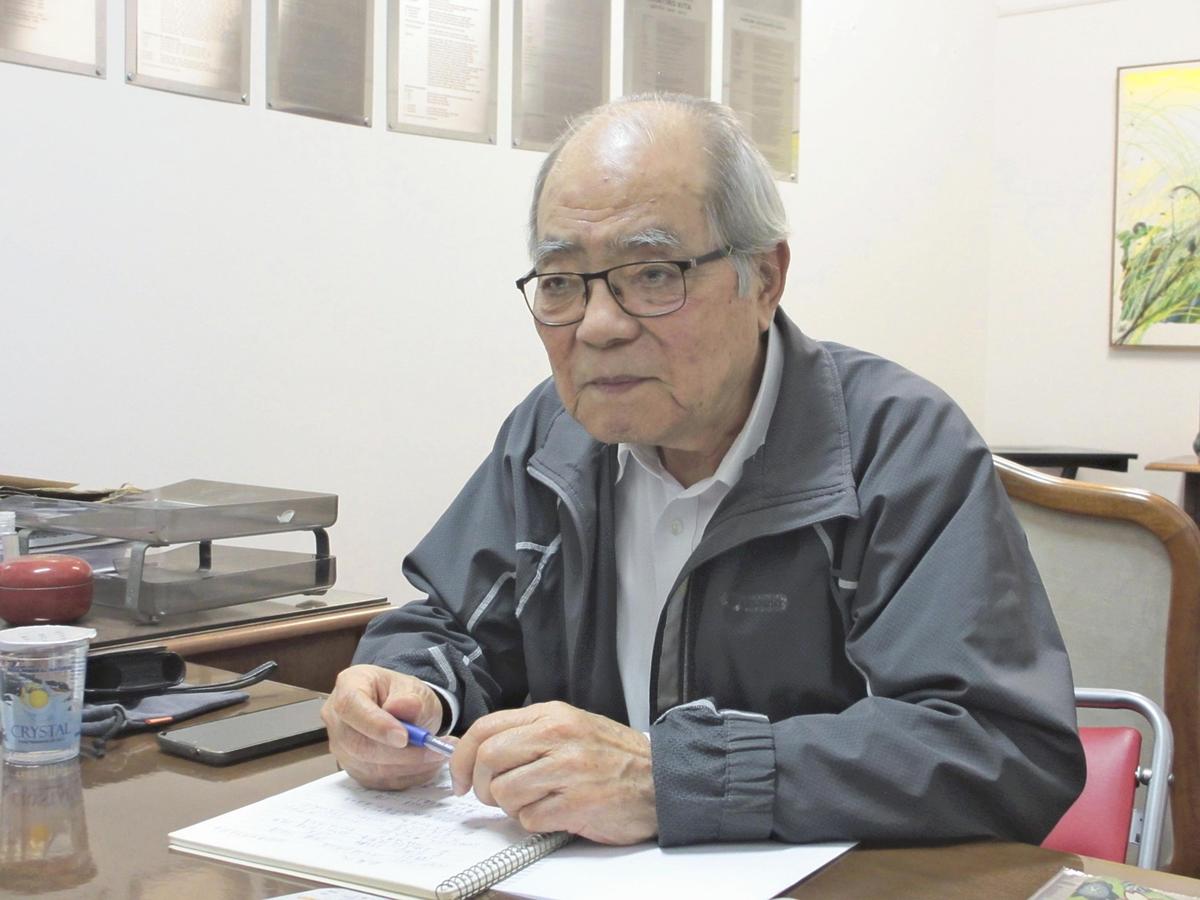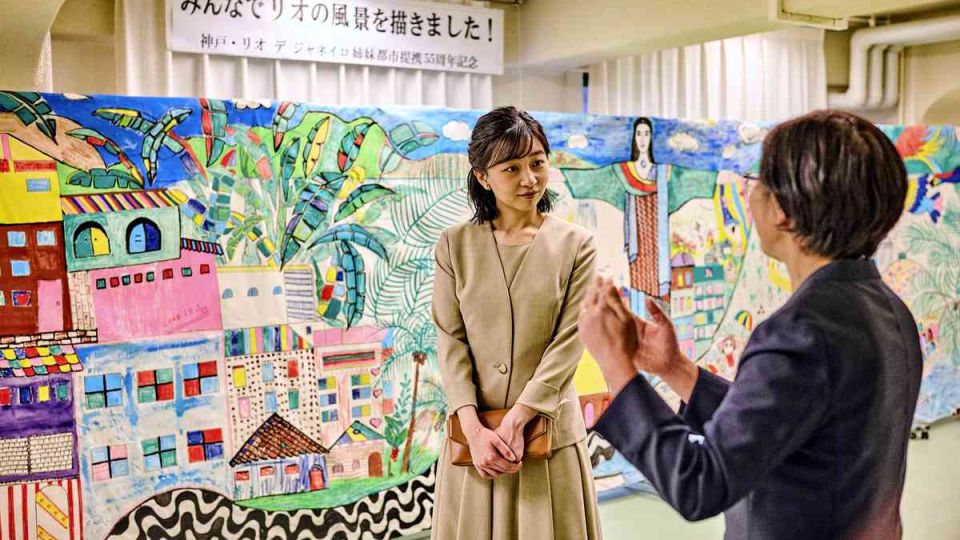June 4, 2025
TOKYO – Princess Kako, the second daughter of Crown Prince Akishino and Crown Princess Kiko, will visit Brazil from Wednesday as this year marks the 130th anniversary of diplomatic relations between Japan and Brazil.
Brazil has the largest population of people of Japanese descent in the world, at 2.7 million. A Japanese Brazilian academic is trying to record the steps of his forebears — including a time when they were persecuted — and is gathering testimony from many people for that purpose. He hopes that Princess Kako’s visit will also shed light on the dark side of Japanese emigrees’ history.
The mass emigration of Japanese people to Brazil was promoted as national policy after the emigrant ship Kasato-maru arrived at the port of Santos in Sao Paulo state in 1908. The number of Japanese immigrants in Brazil reached about 189,000 in 1941.
However, as Brazil sided with the Alies during World War II, moves to expel Japanese immigrants intensified. In the city of Santos, about 6,500 people received deportation orders and were put in an internment camp in July 1943.
“We must not put a lid on the past,” said Japanese Brazilian scholar Akira Miyagi, 87, who studies the history of immigration. A native of Okinawa Prefecture, Miyagi emigrated to Brazil during the 1990s. Since then, he has collected testimonies about the internment, in cooperation with fellow members of an association of people from Okinawa.
Living standards were poor in the internment camp. Even the elderly, children and pregnant women were forced to sleep on the ground, and meals were served only once a day. A second-generation Japanese-Brazilian man who was 7 at the time recalled how his family’s furniture and other household belongings were confiscated.
“It was humiliating,” he told Miyagi.

“We must not put a lid on the past,” said Japanese Brazilian scholar Akira Miyagi (photo), 87, who studies the history of immigration. A native of Okinawa Prefecture, Miyagi emigrated to Brazil during the 1990s. PHOTO: AKIRA MIYAGI/THE JAPAN NEWS
Receiving an appeal from Miyagi and others, the Brazilian government admitted to past mistreatment of Japanese Brazilians and made an official apology for the persecution of Japanese immigrants in July last year.
Princess Kako will visit Sao Paolo and seven other cities in Brazil, where she will meet and converse with Japanese Brazilians. Her trip is scheduled to last for 14 days.
“I hope the princess will see the hardships experienced by Japanese immigrants. At the same time, I hope she will communicate with people in younger generations who will carry our future, so that the ties between Japan and Brazil will be deepened,” he said.
Ahead of the trip, Princess Kako attended a lecture by an expert, and visited the Japanese Overseas Migration Museum in Yokohama and the Kobe Center for Overseas Migration and Cultural Interaction in Kobe.
Hirochika Nakamaki, a professor emeritus of the National Museum of Ethnology, served as the princess’ guide at both facilities. According to Nakamaki, Princess Kako took notes as she listened to his explanations on the characteristics of each Brazilian city she will visit and on the history of Japanese Brazilians. She also asked many questions, he said.
The Kobe center used to be a base for people emigrating to Brazil to receive instruction in a Westernized style of living. The princess reportedly sat on a replica of a bed from those days, imagining people who aspired to go to a new world.

